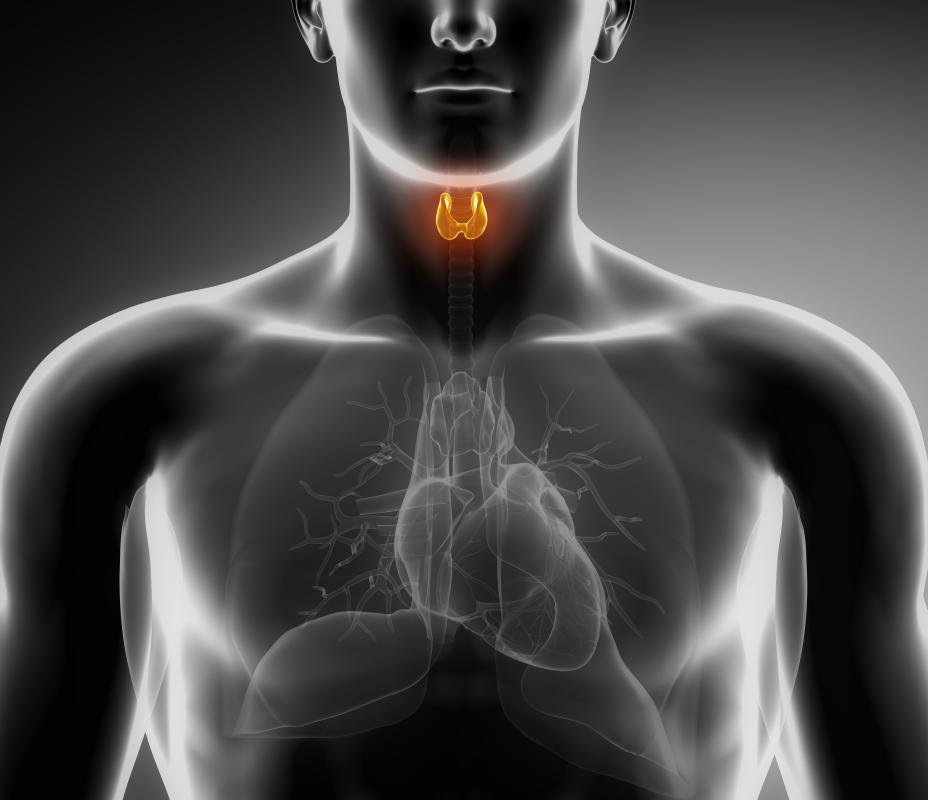At TheHealthBoard, we're committed to delivering accurate, trustworthy information. Our expert-authored content is rigorously fact-checked and sourced from credible authorities. Discover how we uphold the highest standards in providing you with reliable knowledge.
What is the Endoderm?
The endoderm, or entoderm, is one of the three embryonic germ layers that together give rise to all the mature tissues and organs of the body. From the inside out, the three cell layers are the endoderm, the mesoderm, and the ectoderm. The cell layers arise early in embryonic development, when a cavity called the archenteron forms in the center of the blastula, a tiny ball of undifferentiated cells, and the cells begin to reorganize into germ layers. The endoderm is the first to form, and begins forming in the human embryo at about two weeks after fertilization. By the fifth week, the endoderm has already differentiated into organs.
The three cell layers are roughly equivalent to the position of structures in the fully formed human body, with the endoderm forming internal structures, the ectoderm forming external structures, and the mesoderm forming intermediary structures like the skeleton, skeletal muscle, and heart. Some animals lack a mesoderm. The archenteron is the precursor of the gut, or digestive tract, and its appearance marks the beginning of the formation of the germ layers, a process called gastrulation.

The cells of the endoderm are flat at first, but become columnar, with their height exceeding their width, as they differentiate. They eventually come to form the lining of the digestive system in the human body, except for parts of the mouth, throat, and rectum. The endoderm also gives rise to much of the internal epithelial tissue that lines organs and glands.

The endoderm also forms the airways in the lungs: the trachea, bronchi, and alveoli. It lines all glands that open into the digestive tube, including the pancreas and liver, as well as the follicles of the thymus, which produces T-lymphocytes or T-cells, and the thyroid gland, which produces a number of important regulatory hormones. It also gives rise to the epithelium of the Eustachian tube and tympanic cavity in the ear, and to the bladder and urethra.
AS FEATURED ON:
AS FEATURED ON:

















Discuss this Article
Post your comments